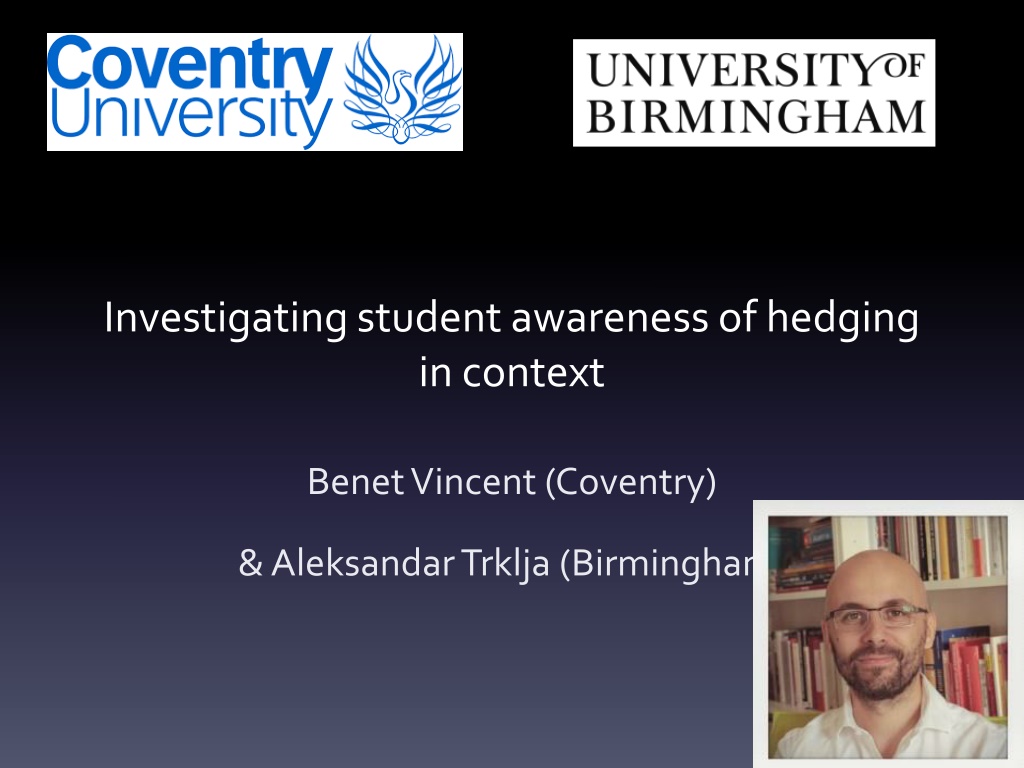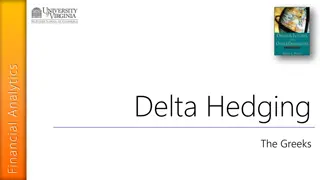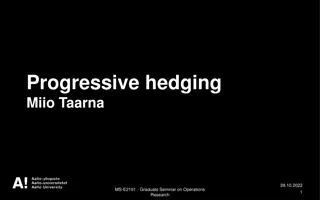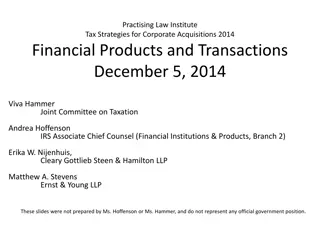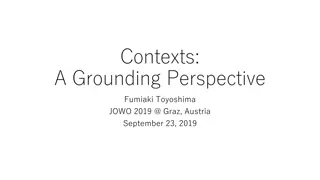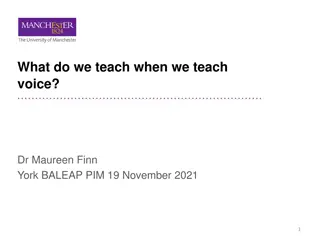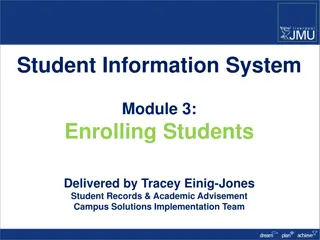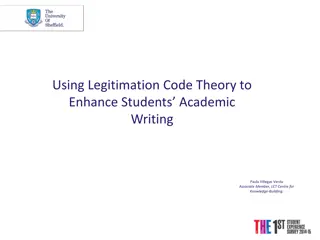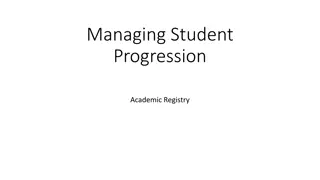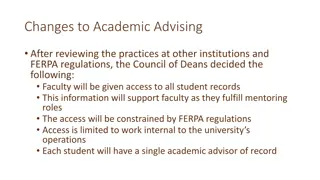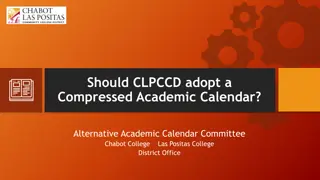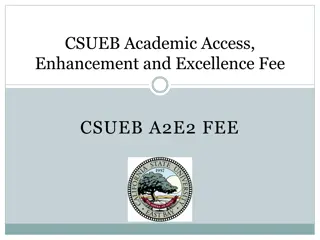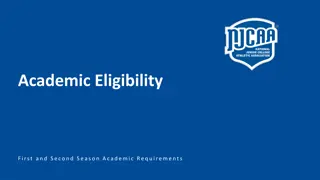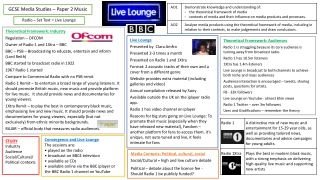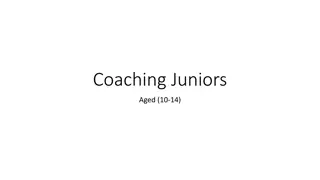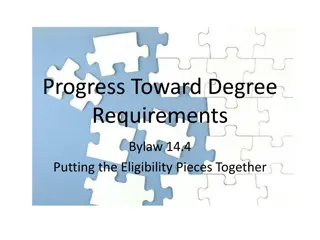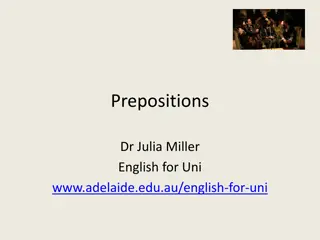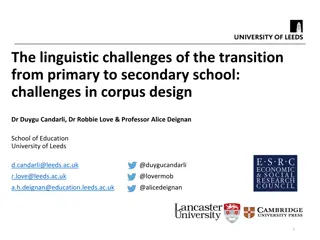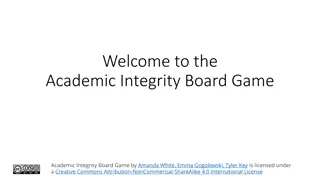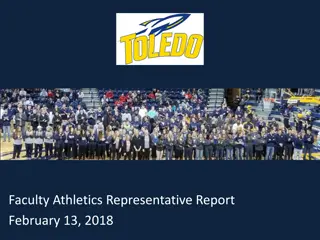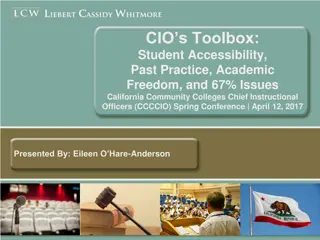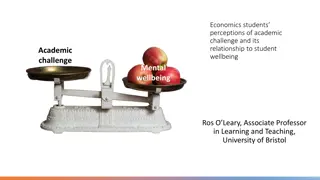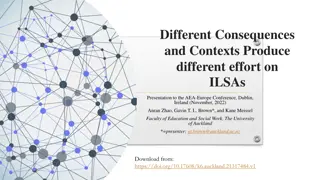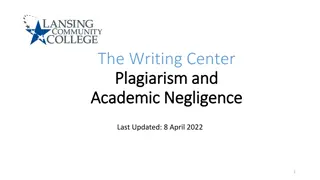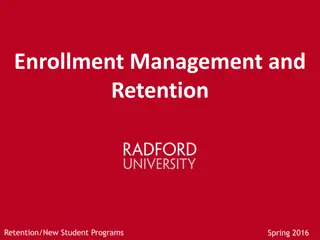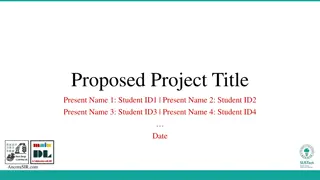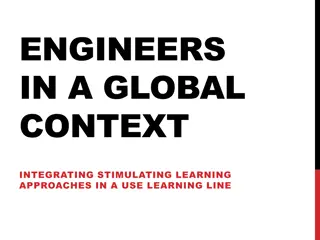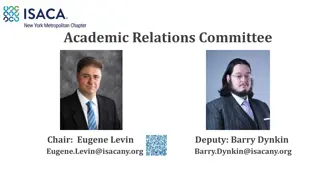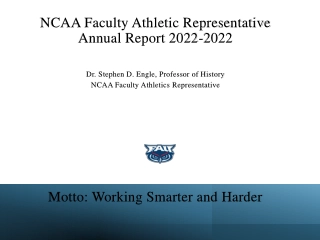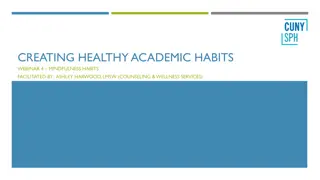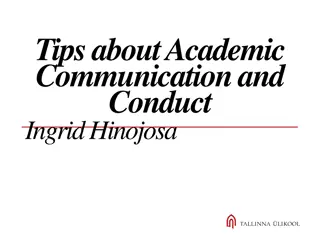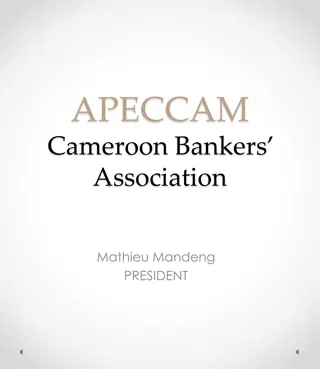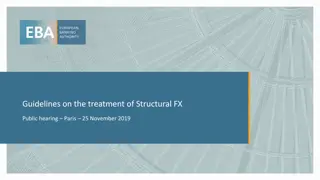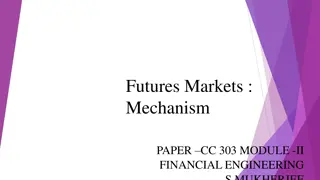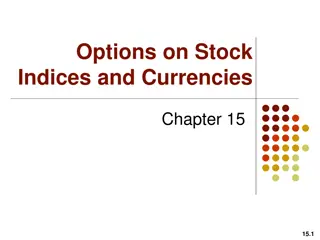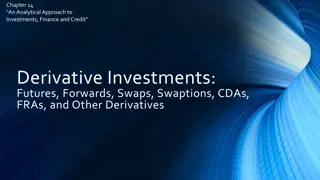Investigating Student Awareness of Hedging in Academic Contexts
A study by Benet Vincent and Aleksandar Trklja explores the awareness of hedging among EAP learners, focusing on the importance of hedging in academic discourse and its role in pragmatic competence. The research aims to assess the proficiency of EAP students in recognizing and using hedges in their writing. It examines different types of hedges and proposes a framework for understanding hedging strategies in academic texts.
Uploaded on Oct 06, 2024 | 0 Views
Download Presentation

Please find below an Image/Link to download the presentation.
The content on the website is provided AS IS for your information and personal use only. It may not be sold, licensed, or shared on other websites without obtaining consent from the author. Download presentation by click this link. If you encounter any issues during the download, it is possible that the publisher has removed the file from their server.
E N D
Presentation Transcript
Investigating student awareness of hedging in context Benet Vincent (Coventry) & AleksandarTrklja (Birmingham)
Outline Hedging in EAP The study Results Conclusions
Hedging is any linguistic means used to indicate either (a) a lack of complete commitment to the truth of a proposition, or (b) a desire not to express that commitment categorically (Hyland 1996: 251) NB tension between these intensional definitions and the forms interpreted as hedges expressions which make messages indeterminate convey in context inexactitude, or in one way or another mitigate or reduce the strength of the assertions that speakers or writers make (Mauranen 1997: 115)
Hedging in EAP Important because Integral part of academic discourse (Mauranen 1997: 115) Use indicates membership of academic communities (Hyland, 1996) Important element of pragmatic competence (everyone)
Previous EAP hedging research Ie expert use, maybe compared with less expert writers Focused mainly on identifying devices in texts creating frameworks for interpreting hedges Less focus on learner understanding of these But important aspect of learning together noticing + Consciousness Raising
Aims of study How aware are EAP learners of hedging in texts? Texts that they might themselves write Which types of hedge are learners least aware of? i.e. categories, specific devices
Hedging framework (Hyland 1996, 1998) Content-oriented Accuracy-oriented (propositional content) Specification (accuracy / approximation) Verification (uncertainty epistemic ) Writer-oriented (avoids commitment evidential ) Reader-oriented (writer takes responsibility)
The students International students studying at CU (min IELTS 6) 2 groups: Level 2: 9 students Level 1: 16 students
Procedure I: extract selection 20 texts drawn at random from BAWE Hedges identified using Hyland s framework by AT & BV Extracts chosen taking into account: Density Variety (types and forms) Most frequently occurring types Amount of text possible for students to process (just over 1000 words) L1 of writer Number of extracts: 5; no. of hedges: 47
Procedure II: the experiment Concept of hedging introduced Students given extracts to annotate No time limit took 10-20 min Students shown results and true annotations 2 weeks later Students filled in brief (4-item) survey
Results: 1 Of the 47 hedges On ave 19.44 identified (41.4%) Range: 8-34 (17%-72%) SD 6.818
Results by category Average proportions of hedges identified So even highest doesn t reach 50% 60% Doesn t show variance across participants or specific hedges 50% 40% 30% 20% 10% 0% Specification Verification Reader-oriented Writer-oriented
Specification (30%) More likely to be spotted: often, tend to, because in combination with other hedges? relatively Mostly missed: to the extent, not always, almost to the extent firms face fierce competition and threat of hostile takeover, they can be observed to it may not always be possible or desirable for firms equivalent to almost 2 million a week
Verification (49%) More likely to be spotted: might, may, Prototypical hedges? perhaps, seem, probably Mostly missed: doubtful, if The link between tenure type and technology change is doubtful continue to grow, if the demand remains the market will probably in the next few years
Writer-oriented (46%) More likely found: could be seen to, X argues/claims , there is little evidence, it is difficult to say, suggest that Because in combination? Mostly missed: implying, supports the idea that This, Merry Wiesner argues, supports the idea that women's work was a substitute for charity implying a limited change in technology the loss in output would scarcely have been noticed,
Student comments Why do you think you missed these expressions? I don t usually come across these expressions I have missed a lot, but I did not try really hard; I was so tierd And also some of the expressions were quite unusual I probably missed these words/expressions, because I thought that they aren t hedging
Student comments Will you try to use them? Yes, they give leeway to my argument; a character of academic paper I will try to use them in my essays, but I am not sure if I will not make a mistake in using thems. I am more aware of the cautiousness required to use the above-mentioned words. I will most definitely try to use them as I like them.
Student comments What questions do you still have? Is it a positive thing to use hedging in academic texts? Because it also implies that the writer is not so Does it usefull? Is it pertinent to me? sure about what is being said. I generally understood what it means, but it will take time to be able to spot all the hedging terms and recognise them. I think I know all there is to it.
Conclusions / summary Students miss a surprisingly high proportion of hedges may Familiar hedges (modals, adverbs etc.) more easily spotted seem to be Learning / investigating together encourages in some learners increased awareness of hedges Confounding factors include hedge combinations possibly (nesting), level, concentration etc.
Avenues to pursue Factors that encourage identification or not, e.g. combinations of hedges, student level Students in other contexts (next stop Vienna) Investigating hedging in productive use Discipline-specific hedging: what do students need?
Thanks for coming Any questions?
References Hyland, K. (1996) Talking to the Academy: Forms of Hedging in Science Research Articles . Written Communication, 13(2): 251- 281. Mauranen, A. (1997) Hedging and modality in revisers hands . In Markkanen, R. and Schroder, H. (eds), Hedging and Discourse: Approaches to the Analysis of a Pragmatic Phenomenon. Berlin: de Gruyter, 115-133
Specification Approximation: The isoelectric point of X is/was generally lower X could be partially caused by Y X decreases by approximately 60% Standpoint viewed in this way, X becomes obsolete because from a practical point of view, X could serve to produce return
Verification X are probably an expression of this short-term Y It is therefore possible that X might be different not only X is likely to be due to this implies that the extent to which X might effect Y could also depend considerably upon other interacting factors return
Writer-oriented The figures suggest / the evidence suggests that X X is assumed to originate from Y It might be speculated that the lack of X could X argues / says / claims that . return
Reader-oriented From our investigations we conclude that the data of Wydrzynski et al can be seen in a different light Thus we propose that... Our interpretation of these results is that... Questions: could X have a physiological significance? How is it, then, that X? return
aspects expressing making instances reducing hedging Analysis rich important findings
Hedges in extracts Type No. Exponent Specification 14 to the extent, not always, often, largely, certain, relatively, scarcely, one of the, tend to, almost Verification 19 assumption (is) that, might, may, would appear, should, would , if it was not, doubtful, perhaps, can, seem, probably, if the demand Writer-oriented 12 can be observed, could be seen to, Merry Wiesner argues, supports the idea that, Clark claims, Clark goes as far as, implying, there is little evidence (that), it is difficult to say, according to , suggest that , is said to Reader-oriented 2 this essay supports the case that we would take survival to mean back
